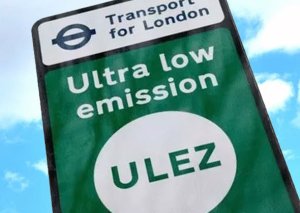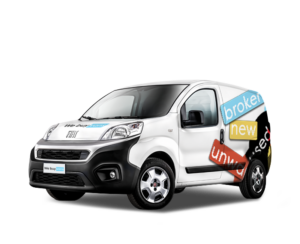 Introduction
Introduction
London’s Ultra Low Emission Zone (ULEZ) has garnered significant attention as a pioneering effort to combat urban air pollution. Its success in improving air quality and reducing vehicle emissions positions it as a potential blueprint for other cities worldwide. This article explores how ULEZ can serve as a model for urban air quality initiatives, highlighting its successes, comparative initiatives, implementation strategies, challenges, case studies, global impact, and future prospects.
Successes of ULEZ
Since its inception in April 2019, ULEZ has achieved notable success in reducing harmful pollutants. The scheme has led to a significant drop in nitrogen dioxide (NO2) levels and particulate matter (PM) in the covered areas. According to reports, NO2 levels have decreased by almost 40% in the Central London ULEZ zone. The reduction in vehicle emissions has contributed to better air quality, benefiting public health and making the city a more pleasant place to live and work.
Comparative Analysis
London’s ULEZ is not the only initiative of its kind. Other cities have introduced similar measures to curb air pollution. New York City, for example, has implemented congestion pricing, charging vehicles a fee to enter certain parts of Manhattan. Paris has established low-emission zones, restricting access for older, more polluting vehicles. While each city’s approach varies, the underlying goal remains the same: to improve air quality by reducing vehicle emissions. Comparing these initiatives reveals valuable insights into the effectiveness and adaptability of such policies.
Implementation Strategies
For other cities considering a ULEZ-like system, strategic implementation is crucial. Key strategies include robust stakeholder engagement and effective public communication. Engaging with local businesses, residents, and transportation providers helps ensure that the policy addresses their concerns and needs. Public communication campaigns are essential for educating citizens about the benefits of the scheme and how it will be enforced. Clear messaging about the health and environmental benefits can build public support and compliance.
Challenges and Solutions
Implementing a ULEZ-like policy comes with challenges. Resistance from drivers, especially those with older vehicles, is common. Financial incentives and subsidies for upgrading to cleaner vehicles can mitigate this resistance. Another challenge is the initial cost of setting up monitoring and enforcement infrastructure. Cities can look to London’s experience, where a mix of public and private funding was utilized. Additionally, phased implementation can help manage costs and allow time for public adaptation.
Case Studies
Several cities have successfully implemented initiatives inspired by ULEZ. Milan’s Area C, for instance, charges vehicles to enter the city center, resulting in reduced traffic and improved air quality. In Stockholm, the congestion tax has led to significant reductions in traffic volumes and emissions. These case studies illustrate that with tailored approaches and strong political will, cities can replicate London’s success and achieve their air quality goals.
Global Impact
The widespread adoption of ULEZ-like policies could have a profound global impact on urban air quality. As more cities implement such measures, the cumulative effect could lead to substantial reductions in global emissions. Cleaner air would translate to fewer health problems, reduced healthcare costs, and improved quality of life for urban populations. Additionally, these initiatives could accelerate the global shift towards electric vehicles and sustainable transportation solutions.
Future Prospects
Looking ahead, the future prospects for ULEZ as a model are promising. Technological advancements, such as improved emissions monitoring systems and smarter traffic management, can enhance the effectiveness of these zones. Policy developments, including tighter emissions standards and expanded low-emission areas, will further drive improvements in air quality. As cities continue to learn from each other’s experiences, ULEZ-like initiatives will likely evolve and become more efficient.
Conclusion
London’s ULEZ stands as a testament to what can be achieved with bold, forward-thinking policies aimed at improving urban air quality. Its successes provide a valuable blueprint for other cities grappling with pollution. By learning from ULEZ’s implementation strategies, addressing potential challenges, and adapting to local contexts, cities worldwide can take significant steps towards cleaner air and sustainable urban environments. The global adoption of ULEZ-like policies holds the potential to transform urban living, making cities healthier and more vibrant places for future generations.






